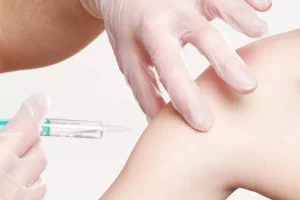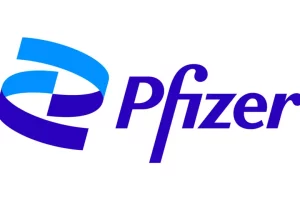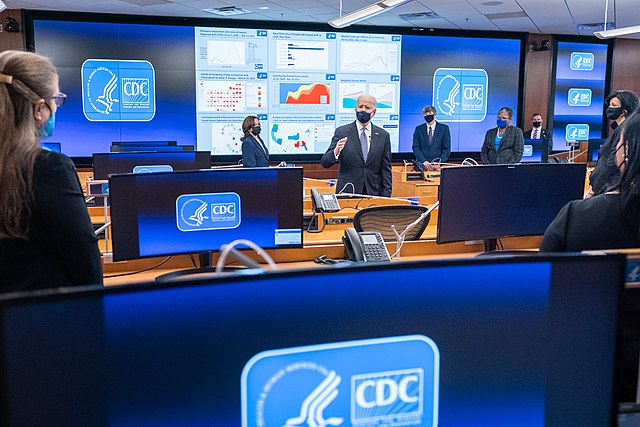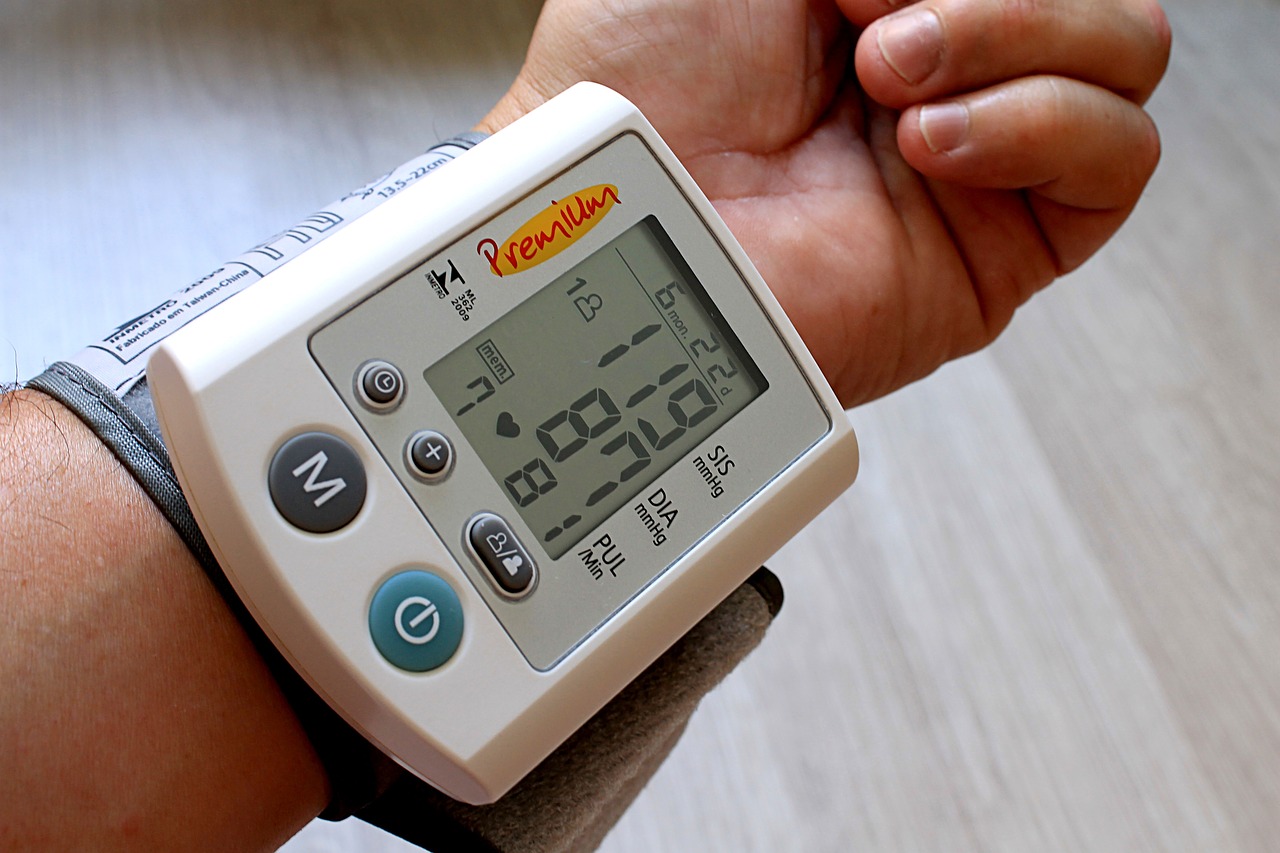
New research suggests “uncontrolled high blood pressure” is a rising issue among US adults. The data collected up to 2014 showed a rising number of Americans were controlling their blood pressure, but data from 2015 and 2016 showed a decrease of over 6 percent.
Additionally, between 2013 and 2018, the number of U.S. adults with controlled high blood pressure drops by 11 per cent. The number of adults with managed blood pressure in their 40s and 50s also declined nearly 10 per cent between 2009 and 2018. Egan, who is the lead author of the report, a professor at the University of South Carolina School of Medicine, and the vice president of cardiovascular disease prevention at the American Medical Association, told Healthline that it is important for people to recognize that maintaining healthy blood pressure is a process that is going on.
“High blood pressure individuals need to be conscious of their condition, so they can take measures to regulate it. Treatment requires both a healthy lifestyle and medication for certain people,” Egan said. “Active self-management involves taking appropriate and adequate medicine to reduce blood pressure along with a healthy lifestyle.
Egan points out that unmanaged blood pressure will raise the risk of heart disease, heart failure, and stroke, due to how hypertension will affect the heart and blood vessels. A wrinkle that can create confusion between physicians and patients is the fact that there’s more than one way to interpret a blood pressure, Mintz said.
Though doctors have been using a stethoscope for years to take blood pressure readings, there’s a new way. It’s called outpatient blood pressure monitoring, which takes 24-hour measurements and is considered to be more precise.
“The difficulty of making outpatient blood pressure control the gold standard for the diagnosis of hypertension requires concentrated education against the inherent stubbornness of most doctors,” Mintz said. “Many doctors are balking at the expense of an outpatient blood pressure monitor, which varies between $1,500 to $3,000 depending on the form of monitoring. The unwillingness to buy an outpatient blood pressure monitor often has to do with the minimal insurance cover for this operation.

Egan said that knowing their blood pressure numbers is crucial for people to get a reading at least once a year. They should also be aware of which category of blood pressure may fall into either oral, elevated, stage 1 hypertension, or stage 2 hypertension. From there, it’s crucial to follow up with a doctor and decide what lifestyle changes or drugs might be required and control your blood pressure.
“Training in self-monitored blood pressure, including documenting values and relaying those to the healthcare team, is helpful for many patients in maintaining regulation of blood pressure,” Egan said.
Egan also states that a national campaign, known as Target: BP, was initiated by the American Heart Association ( AHA) and the American Medical Association (AMA), which aims to help medical professionals around the country increase blood pressure control rates. He said healthcare professionals can also use programs that have proven themselves to enhance blood pressure control.
“Target: BP and the MAP BP initiative are working with the AMA and AHA to increase national hypertension control rates and boost equity in blood pressure management and cardiovascular outcomes,” Egan noted.
Source: www.healthline.com
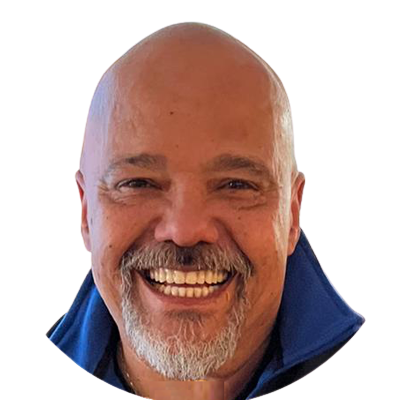
Carl Riedel is an experienced writer focused on using Open Source Intelligence (OSINT) to produce insightful articles. Passionate about free speech, he leverages OSINT to delve into public data, crafting stories that illuminate underreported issues, enriching public discourse with perspectives often overlooked by mainstream media.
